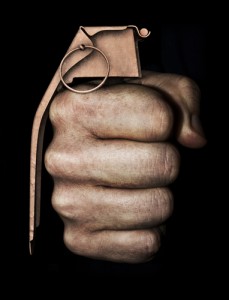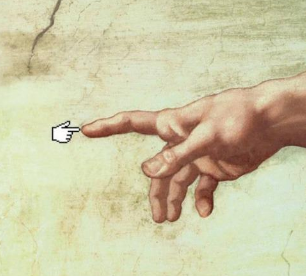You may recall media coverage regarding a kosher market in a suburb of Paris that was bombed last month. There’s been a development in the case. Here’s the New York Times piece “French Investigators Find Bomb-Making Materials“:
French police officers investigating a group of young Islamic radicals have uncovered bomb-making materials and weapons, the Paris prosecutor, François Molins, said in a statement on Wednesday.
“We are clearly and objectively facing an extremely dangerous terrorist cell,” Mr. Molins said in the statement, adding that it was necessary to “avoid the risk of a terrorist attack in France.”
We learn a bit about the detention of 12 suspects and the significance of the haul the police found, including potassium nitrate, sulfur, saltpeter, pressure cookers, headlights and guns. Then:
Most of the arrests were made on Saturday in a number of cities across France and the police said then that some guns and ammunition had been found. In Strasbourg, one suspect, Jérémie Louis-Sidney, 33, fired on the police and was shot dead. Mr. Louis-Sidney was believed to have been the leader of the cell and to have been radicalized in prison, where he served two years for drug trafficking. His DNA was found on the pin of a low-powered grenade used to attack a Jewish kosher market in the Paris suburb of Sarcelles last month.
It’s interesting that Louis-Sidney was said to be “radicalized” in prison. I also wonder if he converted to Islam there. I heard he did, although it’s not entirely clear from this article. And then I wonder if he changed his name at that time or did not. While we frequently hear about people changing their names, it’s not always required or even encouraged. That, in itself, would be a great topic for a stand-alone story. It’s also possible, of course, that the individual did change his name but did not do so legally.
Here’s another interesting part:
Jewish leaders have expressed concern that Islamic extremists have made them targets in the wake of mockery of the Prophet Muhammad in an excerpt from a film made in America and in cartoons published in a small French satirical newspaper. The police said on Saturday that they found a list of Jewish institutions and their addresses when searching the homes of the detainees.
Obviously there is some targeting of Jewish institutions by this alleged terror cell. While anti-Semitism is a common trait among Islamic radicals, I wonder if there is something particular going on here. I can’t forget the horrible terrorist attack last year against Jews in Toulouse.
This paragraph provided an intriguing hint of a major religious issue in this story:
Manuel Valls, the interior minister, said there were several hundred radical Islamists in France who were capable of acts of terrorism, and that the country’s prisons were breeding radicalism. France has as many as six million Muslim residents, more than any other country in the European Union. But spokesmen for French Muslims say that the lack of religious education in the schools and the shortage of imams in the country leaves some French-born Muslims ignorant about their faith.
Sounds intriguing, but very vague, eh? How is this shortage of imams quantified? How are “French Muslims” organized in such a way as to have a spokesman? Are there particular issues on which the spokesmen says the terrorist cell are ignorant? Obviously the vast majority of French Muslims are living in peace with their Jewish neighbors. Why is that? How, specifically, do they differ from these terror cells? This might be a good opportunity to just highlight one particular way that Muslims in France disagree with this terror group. Sometimes I wonder if we assume too much ability to fill in the blanks with a readership unfamiliar with contested aspects of Muslim thought.
It’s a good story, written with an economy of words. It lays out the major issues at play. I do think some follow-ups would be helpful or interesting on some of these questions.
Grenade image via Shutterstock.














